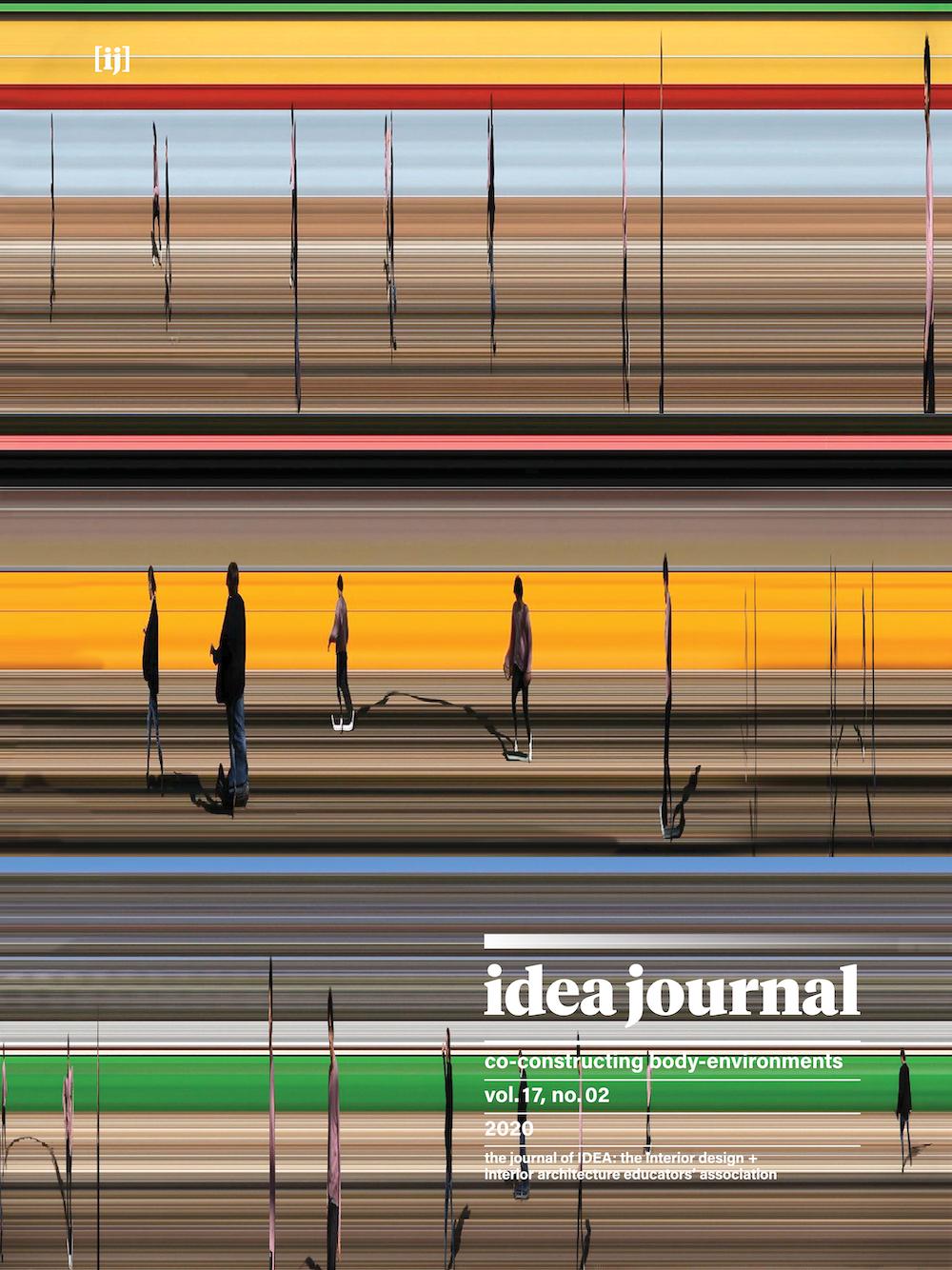Gentle House: Co-designing with an autistic perception
Main Article Content
Abstract
This article discusses the early phases of Gentle House, a spatial design research project that works with concepts of autistic perception and a collaborative design process to renovate the home of a family of four. The family includes a ten-year-old autistic child who is currently being educated via correspondence schooling. In working alongside the family and understanding the uniqueness and complexity of their needs, the goal is to create spaces that are stimulating and enjoyable for them to live in.
The autistic child’s experience of the physical world is pathologised as sensory processing disorder. This is a condition where there are differences in the integration of sense modalities that can lead to moments of being overwhelmed by some stimulus and a more highly tuned receptivity to other stimuli, such as texture and smell. This design research rejects a pathological framework for characterising these experiences and uses co-design approaches with the aim of learning from his engagement with the world. In particular, his highly tuned awareness of phenomena that ‘neurotypical’ perception tends to tune out or overlook. The larger implication of this project and approach is a rethinking of our living and working environments towards sensorially richer and more inclusive ends.
The early phases of the project have involved a series of spatial, material, and sensory design prototypes, which are discussed in terms of their co-creation and the perceptual richness of space-time experiences. The design knowledge gleaned from these prototypes is briefly contextualised within existing frameworks for inclusive design, before outlining future trajectories for the research.
Article Details
Author/s and or their institutions retain copyright ownership over works submitted to Idea Journal, and provide the Interior Design / Interior Architecture Educators Association with a non–exclusive license to use the work for the purposes listed below:
- Make available/publish electronically on the Idea Journal website
- Publish as part of Idea Journal's online open access publications
- Store in electronic databases, on websites and CDs/DVDs, which comprise of post-publication articles to be used for publishing by the Interior Design / Interior Architecture Educators Association.
Reproduction is prohibited without written permission of the publisher, the author/s or their nominated university. The work submitted for review should not have been published or be in the process of being reviewed by another publisher. Authors should ensure that any images used in their essays have copyright clearance.

